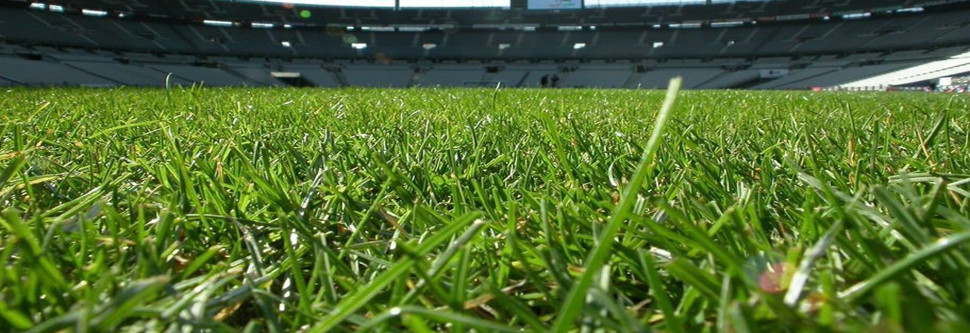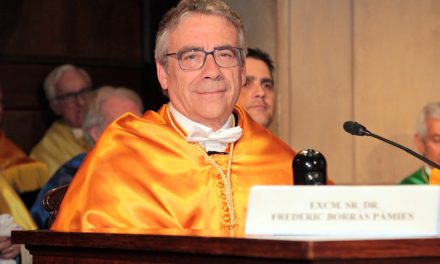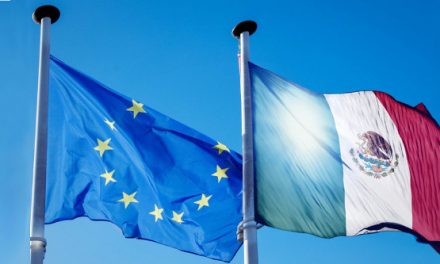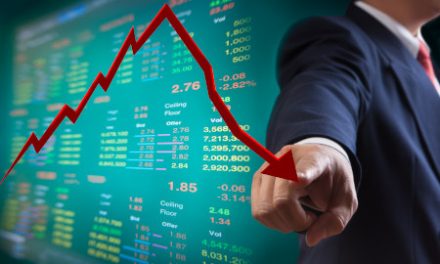The academician Gay de Liébana presents his latest study on the finances of the five major European football leagues
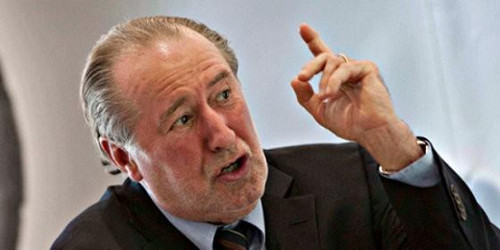
Dr. José María Gay de Liébana
José María Gay de Liébana, full academician of the Royal European Academy of Doctors-Barcelona 1914 (RAED) and president of the Commission of Economics and Finance of Sports of the Association of Economists of Catalonia, presented on November 7 at the headquarters in Barcelona of this institution the study “Las finanzas de las cinco principales ligas europeas: análisis económico-financiero de los grandes clubes” (The finances of the five main European leagues: economic-financial analysis of the big clubs). The ceremony was chaired by the dean of the Association, Anton Gasol, and was presented and moderated by Antoni Artés, member of the Commission of Economics and Finance of Sports.
Gay de Liébana highlighted the economic and financial power of the English Premier League as a whole, made up of 20 clubs, and that adds total assets of more than 8,000 million euros, followed by Spanish La Liga, whose assets amount to more than 4,800 million. Behind are the Italian Serie A, with almost 4,400 million, the German Bundesliga -formed by 18 clubs- with more than 3,200 million investments and the French Ligue 1, whose assets amount to nearly 2,400 million euros.
Focused on the 2016-2017 season, the last to completely close the year, the study details the finances of each of the major league clubs, examining their assets, their liabilities, incomes, expenses and results. In that campaign, the 20 clubs of the Premier League billed between “match day” revenues -partners, subscribers, entrances…-, for commercialization and for television rights 5,316 million euros, with operating expenses of 5,177 million. The Spanish La Liga, in second place in the billing ranking, generated revenues of 2,793 million euros with expenses of 2,888 million. In this case ahead of the Bundesliga, which entered 2,793 million incurring expenses by 3,225 million. The Serie A, for its part, billed 2,125 million euros and its expenses reached 2,700 million, while the Ligue 1 added operating income by 1,643 million and its expenses were 1,918 million. Revenues from television broadcasts explain the reason for the high turnover of English football, amounting to 3,222 million euros, well ahead of the 1,300 million of the Spanish league.
For Gay de Liébana, the economic problem of football continues to be rooted in the high cost of the labour factor, which includes in addition to personnel costs the amortization of rights on players, which in both the Premier League and the Bundesliga reaches 74% of its operating income, while in La Liga it represents 72% and in the Italian Serie A it represents 94%. In Ligue 1 it’s 83%.
Doctor in Economic Sciences and Law, Gay de Liébana is a professor at the Faculty of Economics and Business of the University of Barcelona and has published numerous reports on the economy and finances of football and recently the book “La gran burbuja del fútbol” (The great bubble of football), in which he explains the different business models of the major European clubs. The academician collaborated with UEFA on the launch of the financial fair play in European football clubs and is a speaker in the course organized by the Royal Spanish Football Federation on the subject.

